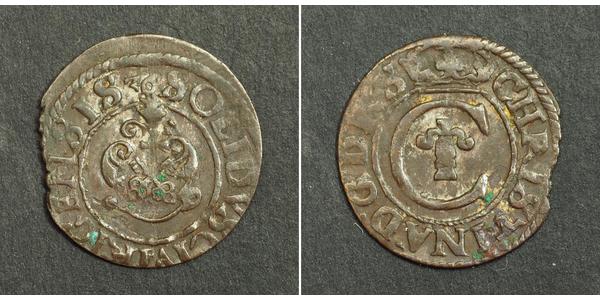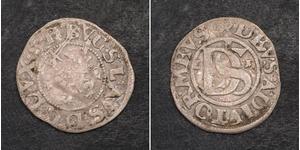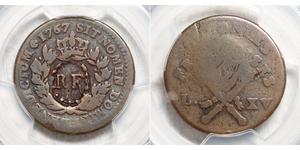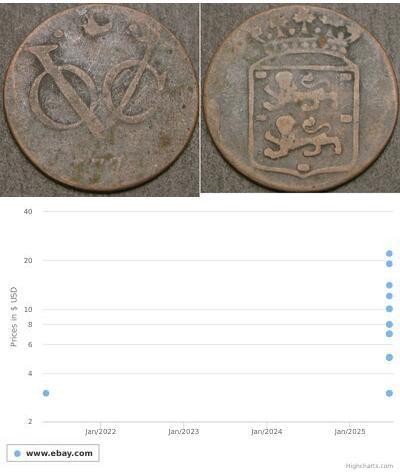1636, Livonia, Riga (Swedish Occupation), Christina I. Billon Solidus Coin. aXF!
Mint Year: 1636 Reference: KM-21. Denomination: Solidus (Schilling, Silins) Condition: Struck on a slightly iirregular (not damaged) planchet, otheriwse about XF! Material: Billon (very low grade silver and bronze alloy) Diameter: 16mm Weight: 0.71gm
Riga developed as the main merchandise centre of the Livonia Confederation and was a chain between merchants of Western Europe and Lands of Russia. In order to defend its trading interests, Riga joined the Hanseatic League during the late 13th century. Bishop Albert moved his residency here from Ikskile in 1201-02, thus establishing the Bishopric of Riga (the Archbishopric since 1255). Riga had its own coat of arms and flag since 1220's until 1581. When the Livonia Confederation was dissolved in 1561, Riga got the status of free city on the same year. This status lasted until 1581, when Riga had to accept the reign of Poland as the result of later phases of Livonia War.
Christina (18 December [O.S. 8 December] 1626 – 19 April 1689) reigned as Queen of Sweden from 1632 until her abdication in 1654. She was the only surviving legitimate child of King Gustav II Adolph, her mother being his wife Maria Eleonora of Brandenburg. At the age of six, Christina succeeded her father on the throne upon his death at the Battle of Lützen, but began ruling when she reached the age of 18.
Christina is remembered as one of the most educated women of the 17th century. She was fond of books, manuscripts, paintings, and sculptures. With her interest in religion, philosophy, mathematics and alchemy, she attracted many scientists to Stockholm, wanting the city to become the "Athens of the North." She was intelligent, fickle and moody. She caused a scandal when she decided not to marry and in 1654 when she abdicated her throne and converted to Roman Catholicism. She changed her name from Kristina Augusta Wasa, adopting the name Christina Alexandra.
At the age of 28, the "Minerva of the North" relinquished the throne to her cousin and moved to Rome. The Pope described Christina as "a queen without a realm, a Christian without faith, and a woman without shame." Notwithstanding, she played a leading part in the theatrical and musical community and protected many Baroque artists, composers, and musicians.
Being the guest of five consecutive popes, and a symbol of the Counter Reformation, she is one of the few women buried in the Vatican grotto. Her unconventional lifestyle and masculine dressing and behavior have been featured in countless novels, plays, operas, and film. In all the biographies about Christina, her gender and cultural identity play an important role.
Only 1$ shipping for each additional coin purchased!
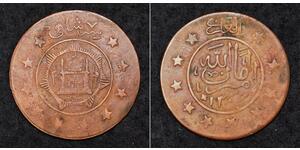
3 Shahi Emirate of Afghanistan (1823 - 1 ...
grupo tiene 4 monedas / 3 precios
Add coin to this group

8 Maravedi Kingdom of Spain (1814 - 1873 ...
grupo tiene 2 monedas / 2 precios
Add coin to this group

1 Shilling Sacro Imperio Romano (962-180 ...
grupo tiene 4 monedas / 4 precios
Add coin to this group

